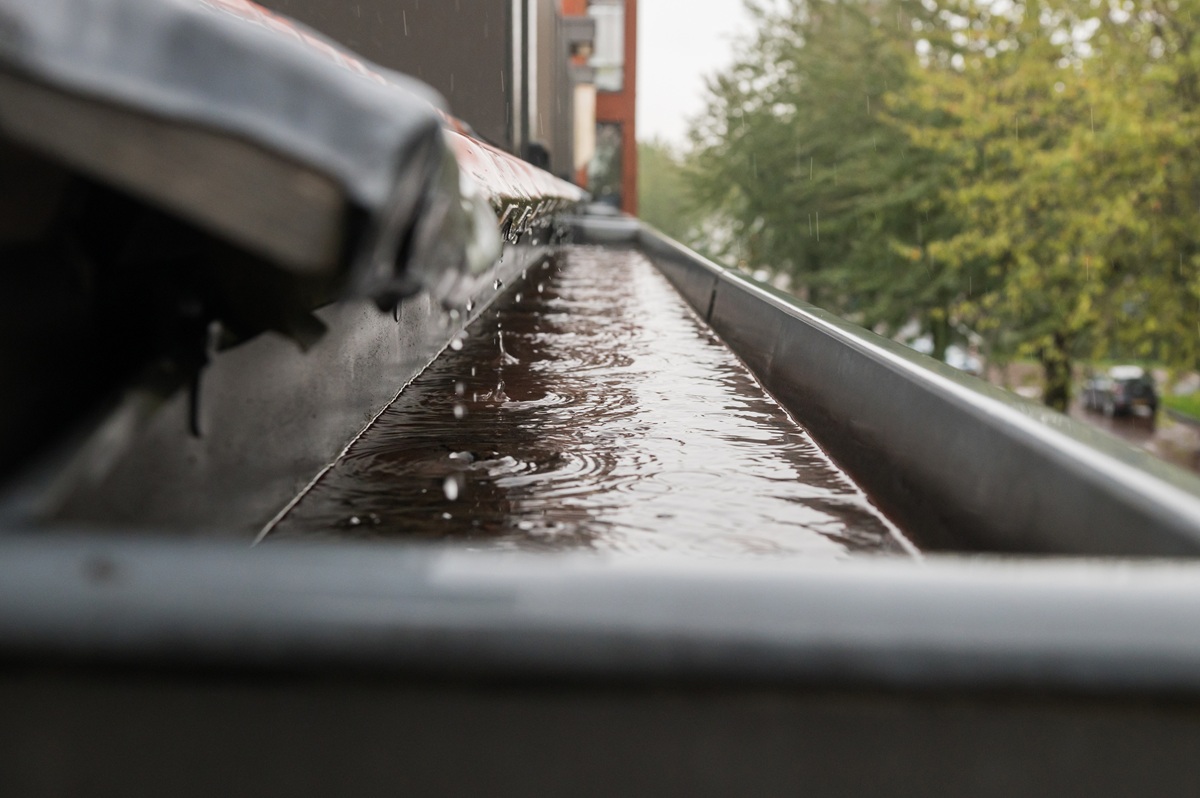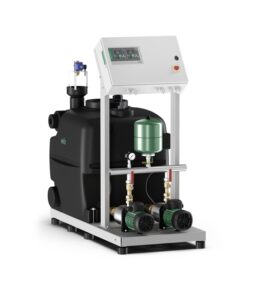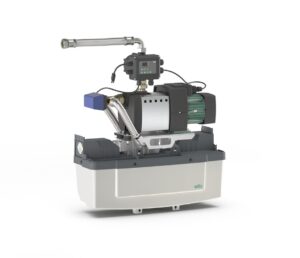
Following Energy Secretary Ed Miliband’s claim that Britain’s way of life is “under threat” from climate change, specifiers are being encouraged to combat increasingly common water shortages by adopting rainwater harvesting systems.
The callout comes from Wilo, after the Met Office’s latest climate report revealed that extremes of heat, rainfall and droughts are becoming the norm. It also outlined that the past three years have been among the top five warmest on record for the UK.
Various water companies have already announced hosepipe bans, with reservoir levels at their lowest for a decade. With a critical need for decentralised water resilience, Wilo is urging stakeholders across the built environment to proactively integrate rainwater harvesting into

the design and operation of buildings.
“Rainwater is a resource, not a runoff problem,” said Steven Walker, Technical Sales Manager at Wilo UK. “By capturing and reusing rainwater, buildings can significantly reduce reliance on mains water, ease pressure on local infrastructure and contribute to long-term water security.
“Current infrastructure relies too heavily on centralised treatment and outdated drainage systems, contributing to storm overflows, water waste and environmental degradation. By comparison, rainwater harvesting reduces demand on mains water for non-potable uses, such as toilet flushing, irrigation and cleaning – regardless of unpredictable rainfall patterns. It also provides stormwater attenuation, easing pressure on combined sewers and alleviating flood risk.”
To encourage adoption, Wilo has developed solutions scalable for every development. Its AF 400 system, designed for large buildings and commercial sites, offers a 400-litre hybrid tank that can be connected to the mains water system, making it ideal for high occupancy buildings like apartments, student accommodation and offices.
For residential schemes it also offers compact systems, such as the Wilo-RAIN1, that integrate with existing plumbing and help meet water efficiency targets. Steven continued: “In recent years, we have seen energy decentralisation embraced through solar panels and heat pumps, backed by government funding and schemes, and it is only a matter of time before water follows suit.
 “Rather than waiting for mandates, however, specifiers still have the chance to prepare for future water stress by embedding rainwater harvesting systems into their developments today. Rainwater harvesting is low-carbon, low-cost and high-impact – and it’s ready to scale now with solutions already on the market.”
“Rather than waiting for mandates, however, specifiers still have the chance to prepare for future water stress by embedding rainwater harvesting systems into their developments today. Rainwater harvesting is low-carbon, low-cost and high-impact – and it’s ready to scale now with solutions already on the market.”
Discover more about Wilo’s rainwater harvesting click here

